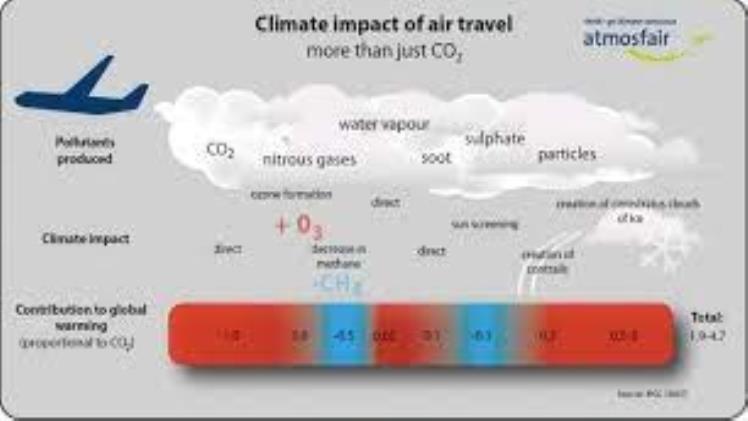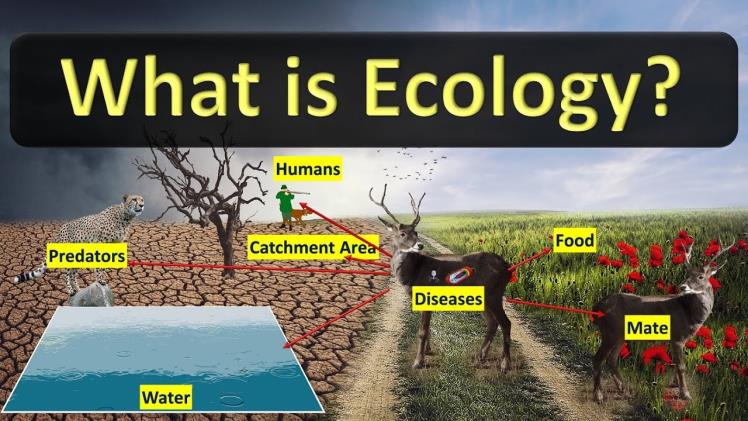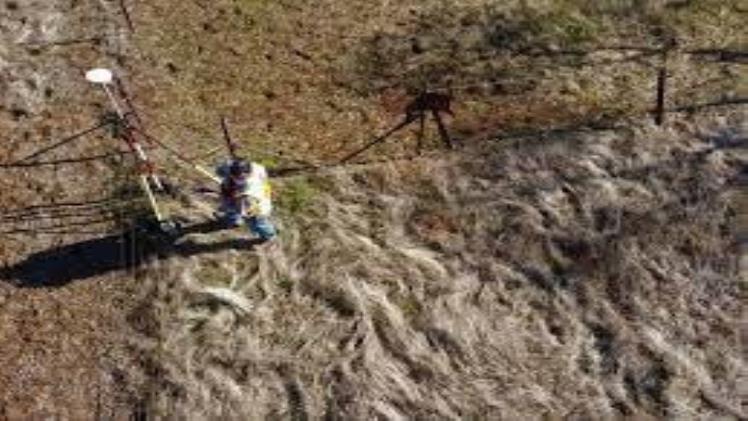The Environmental Impact of Aviation

If the world wants to limit global warming to 1.5C, aviation must become net carbon neutral. Unfortunately, decarbonising the aviation sector presents many challenges: complex technological solutions; hidden extra climate effects; an association with personal freedoms; and a disproportionately wealthy and powerful customer base.
Air transport accounts for only 2% of global emissions, despite passenger numbers increasing at an annual rate of 5%. This achievement has been made possible due to massive investments in new technology and coordinated action to implement improved operating procedures and infrastructural measures.
Fuel efficiency can reduce aircraft emissions, but this won’t be enough to meet the projected rise in passenger numbers over the next decades. That is why the EU and ICAO, the UN’s aviation agency, have agreed on CORSIA: a global market-based measure scheme designed to limit CO2 emissions from international aviation.
The International Civil Aviation Organization’s CORSIA scheme seeks to reduce aviation sector growth post-2050 and offset any increases in emissions during that time. By 2050, CORSIA is expected to help mitigate global aviation’s climate impact while cutting its share in total emissions by up to 75%.
Non-CO2 Effects
Other gases in aircraft exhaust contribute to climate impact, such as nitrogen oxides (NOx) and ozone. When calculating aviation’s climate impact (known as radiative forcing), these compounds must be added on top of CO2. Currently, scientists believe this multiplier should not exceed 1.9 times that rate; therefore they are exploring ways to reduce these other impacts.
For instance, using sustainable biofuels blended with kerosene can have a lower lifecycle greenhouse gas assessment than using just kerosene. Furthermore, it helps reduce water vapor and soot in aircraft exhaust, leading to less contrail formation.
These effects are especially prominent when flying at night, and more research is necessary to fully comprehend their mechanism and the best way to mitigate them. But Egeland emphasizes that these issues can be managed.
When flying long haul, opt for an airline that uses the newest aircraft possible and select seats with minimal emissions. Furthermore, steer clear of first class or business tickets which emit four times more CO2 compared to economy seats on the same plane.
Airlines must adhere to stringent environmental requirements when certifying their aircraft and engines, and are striving to enhance the efficiency of their fleets. These improvements have significantly reduced aviation’s climate impact by up to 25% per flight. Visit For All About Lifestyle
However, it’s essential that these measures are supported by strong carbon pricing policies and other incentives which encourage more efficiency and sustainable practices in the industry. Examples include the EU’s Carbon Offsetting and Reduction Scheme for International Aviation (CORSIA) and a national carbon price on air travel in the UK.


